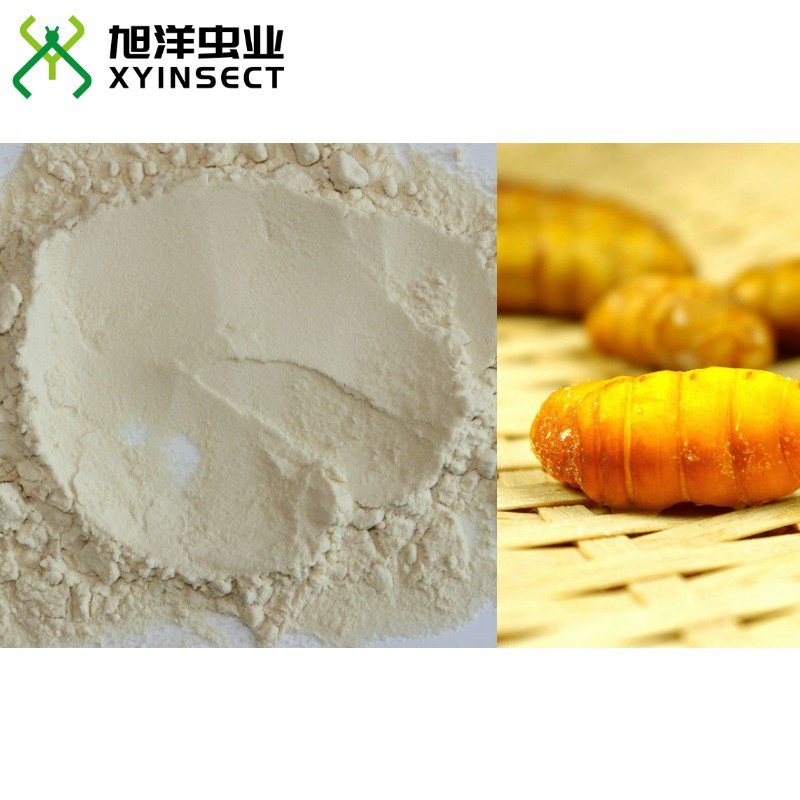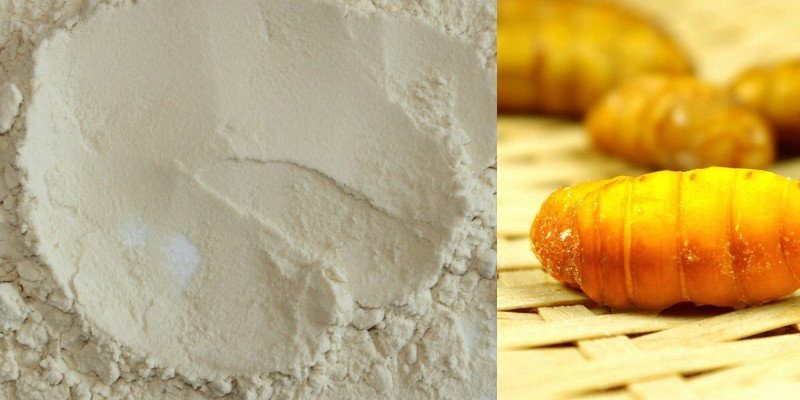
Silkworm pupae are the leftovers from silk production, found in places where silk is a primary industry. They might not seem like an obvious choice for animal feed, but they pack a punch in terms of protein and other nutrients. If you’re curious about how silkworm pupae can revolutionize animal nutrition while potentially reducing the environmental impact of agriculture, you’re in the right spot!
What Are Silkworm Pupae?
Silkworm pupae are the larvae of the silk moth, *Bombyx mori*. After these tiny worms spin their cocoons, they undergo metamorphosis and emerge as adult moths. During this cocoon stage, they’re harvested for silk, leaving behind the pupae. Instead of tossing these protein-rich snacks into the trash, they can be repurposed as feed for various animals.
You might be wondering why we even care about these little creatures. Well, a single serving of silkworm pupae can contain around 40-50% protein, which is significantly higher than many conventional protein sources. They’re also packed with essential amino acids, making them a great choice for livestock and pets alike. Think of them as a little treasure chest of nutrition waiting to be unlocked.
By tapping into the silkworm pupae market, we’re not just creating a new food source. We’re also reducing waste from the silk industry. Instead of letting these pupae go to waste, farmers can feed them to animals, creating a closed-loop system that benefits everyone involved.
The Nutritional Benefits of Silkworm Pupae
So, what makes silkworm pupae stand out in the animal feed world? Let’s break it down. Not only are they high in protein, but they also offer a variety of vitamins and minerals crucial for animal health. They contain **omega-3 and omega-6 fatty acids**, which are vital for skin and coat health in pets and livestock.
Additionally, silkworm pupae are rich in fiber, promoting better digestion in animals. They support gut health, which is something every pet owner and farmer wants to encourage. Healthy guts mean healthy animals, and that can lead to better growth rates and overall productivity in livestock.
You might be thinking, “But what about taste?” Honestly, silkworm pupae have a nutty flavor that many animals seem to enjoy. This makes them an appealing addition to animal diets, ensuring they get their fill without any fuss. Whether it’s mixed into their usual meal or served as a treat, silkworm pupae can be a tasty boost to their nutrition.
How Silkworm Pupae Are Processed for Animal Feed
The journey of silkworm pupae from cocoon to feed involves several steps. First, the pupae are harvested after the silk production process. They are then cleaned and cooked, which helps preserve their nutritional quality and makes them safe for animal consumption.
After cooking, the pupae can be dried to remove moisture, creating a product that’s easy to store and use. They can be ground into a fine powder or kept whole, depending on the final use and the preferences of the animals being fed.
This processing method is important because it ensures that the nutrients are locked in and available for animals to absorb. Plus, it creates a stable product that can be stored for long periods without losing its nutritional value. That’s a win-win for farmers looking to maximize feed efficiency.
Uses of Silkworm Pupae in Animal Feed
Silkworm pupae are versatile and can be used in various ways. They’re excellent for feeding fish, poultry, pigs, and even pets like dogs and cats. For fish farmers, silkworm pupae can replace traditional fish meal in aquaculture, providing a sustainable and protein-rich feed alternative.
In poultry farming, adding silkworm pupae to chicken diets can promote better growth rates and egg production. The extra protein helps ensure that the birds are not only healthy but also able to produce more eggs, boosting productivity.
You might be surprised to learn that pet owners are also getting in on the action. Many high-quality pet foods now include silkworm pupae as a protein source. They’re particularly appealing in dog treats and cat food because of their rich nutrient profile and palatability. Your furry friends may just love the added flavor and health benefits!
The Environmental Impact of Using Silkworm Pupae
The shift to using silkworm pupae as a protein source can have a significant positive impact on the environment. First off, utilizing waste from the silk industry reduces food waste, which is a major problem in our society. Less waste means a smaller carbon footprint and less pressure on land and resources.
Furthermore, silkworms themselves are efficient feeders. They require less land and water compared to traditional livestock, like cattle or pigs. That means raising silkworms for pupae can be a more sustainable option that helps reduce the overall environmental impact of animal farming.
Utilizing silkworm pupae also contributes to biodiversity in animal diets. By diversifying feed sources, we not only improve animal health but also promote ecological balance. This approach can lead to healthier ecosystems and more resilience against diseases.
Challenges and Considerations
While the benefits of silkworm pupae are clear, there are still challenges to be mindful of. For one, the cultural acceptance of silkworm pupae as animal feed varies globally. In some regions, people might not be familiar with this practice and may be hesitant to adopt it.
Logistics and availability can also pose challenges. Silk production is not widespread everywhere, so sourcing enough pupae can be tricky in some areas. It’s essential for farmers to establish a reliable supply chain if they want to incorporate this protein source into their feed.
Finally, regulatory hurdles can arise. Depending on the country or region, there may be strict regulations on using insects in animal feed. It’s crucial for anyone interested in using silkworm pupae to stay informed about local guidelines and ensure all practices are compliant.
Silkworm pupae present an exciting opportunity for transforming animal feed. With their high protein content, nutritional benefits, and sustainable nature, they stand as a viable alternative to traditional protein sources. As we become more aware of the environmental impacts of our food systems, exploring innovative solutions like silkworm pupae can lead us toward a more sustainable future.
If you’re involved in animal farming or simply a curious pet owner, consider the potential of silkworm pupae. They not only offer nutritional support for animals but also promote a more sustainable approach to animal husbandry. Who would have thought that such a small creature could make such a big difference? Embracing these little protein powerhouses could shape a healthier future for our livestock and pets alike.

